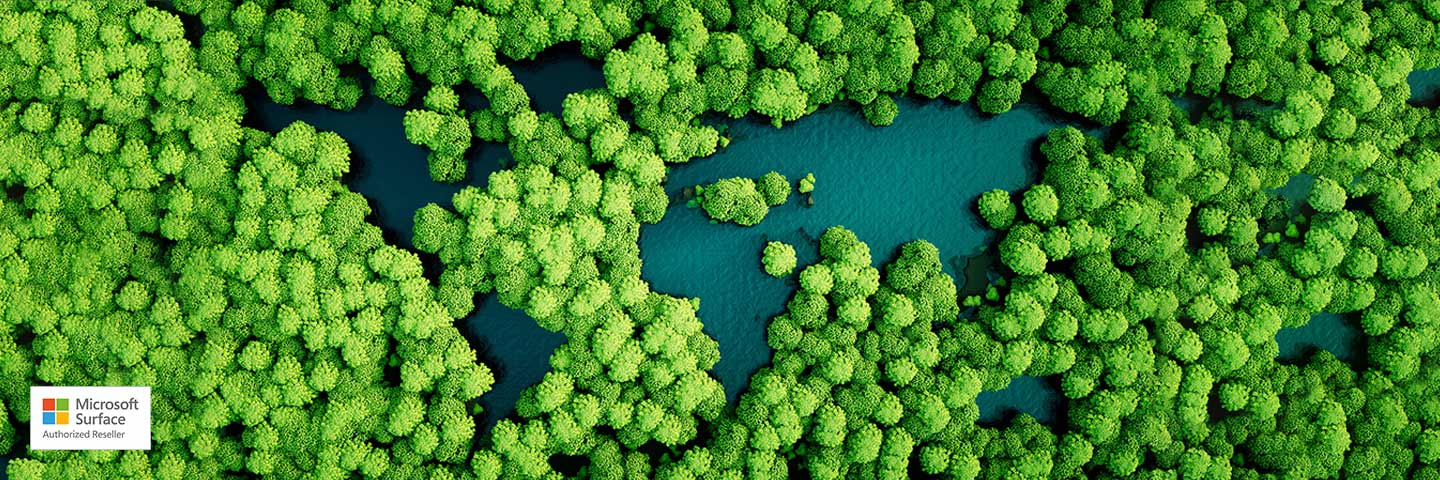
Microsoft Surface and sustainability.
Sustainability lies at the heart of Microsoft’s corporate strategy. With the aim of giving something back to the environment, the US company has launched numerous projects to minimise its ecological footprint Here, you will find out how sustainability has seeped into the very fabric of the company and the effect it has had on Surface product development and architecture.
The impact of climate change is critical for today’s society. Since the Industrial Revolution, humans have released over two billion tons of greenhouse gases into the atmosphere and average temperatures have gone up by 1°C over the last 50 years, which is why it is so important that we do our bit to act more sustainably and seize the opportunities to protect our planet.
We use YouTube to embed video content on our website. This service may collect data on your activity. For more information, please go to the settings page.
Surface for Business.
Sustainability is woven into Surface’s DNA! The aim is to create outstanding products that deliver unique user experiences’ and give each person and company on our planet the opportunity to achieve more, always with one eye on sustainability and minimising CO². This principle is already entwined in product development and covers everything from production and transportation to the end of the Surface lifecycle, which is why the ‘Healthy Design, Healthy Planet’ initiative was launched, addressing the following aspects:
A sustainability approach based on the product lifecycle.
![]()
From design and manufacture to recovery.
Sustainability and circularity are engrained in Surface devices. They are ENERGY STAR-certified, increasingly repairable, easy to update, multifunctional and can be recycled.
![]()
More sustainable user experiences.
A technological strategy developed around Surface can have a positive impact on reducing CO² emissions. Optimised digital experiences lead to fewer commuters and minimise the need to fly to meetings.
![]()
Packaging innovation.
The latest generation of Surface packaging uses FSC-certified paper and fibres, consists of less than 1% plastic, and is around 99% recyclable on average.
![]()
Helping customers achieve their goals.
Microsoft's objective is to be carbon-negative and produce 100% recyclable devices and packaging by 2030. The company is committed to supporting customers in reducing electrical waste and improving their carbon footprint.
Healthy Design.
It all begins with an innovative design that lays the groundwork for minimising environmental impact and proactively tackles supply chain challenges. With this in mind, the percentage of recycled materials used in the Surface portfolio continues to increase and the devices optimised in terms of repairability, recycling and circularity.
- Replacing brominated flame retardants in resin
- Removing beryllium from metal alloys
- Reducing volatile organic compounds in coatings.
Healthy Design.
It all begins with an innovative design that lays the groundwork for minimising environmental impact and proactively tackles supply chain challenges. With this in mind, the percentage of recycled materials used in the Surface portfolio continues to increase and the devices optimised in terms of repairability, recycling and circularity.
- Replacing brominated flame retardants in resin
- Removing beryllium from metal alloys
- Reducing volatile organic compounds in coatings.
Healthy Design.
It all begins with an innovative design that lays the groundwork for minimising environmental impact and proactively tackles supply chain challenges. With this in mind, the percentage of recycled materials used in the Surface portfolio continues to increase and the devices optimised in terms of repairability, recycling and circularity.
- Replacing brominated flame retardants in resin
- Removing beryllium from metal alloys
- Reducing volatile organic compounds in coatings.
Healthy Planet.
This strategic approach addresses carbon emissions as well as waste and water throughout the product lifecycle. The aim is to reduce scope 3 emissions by 30% in order to limit global warming to no more than 2°C.
- Achieving 100% recyclable Surface devices and packaging to boost circularity
- Expanding the mail-back programme for Microsoft electronics and packaging worldwide
- Extending the return programme for hardware and packaging worldwide.
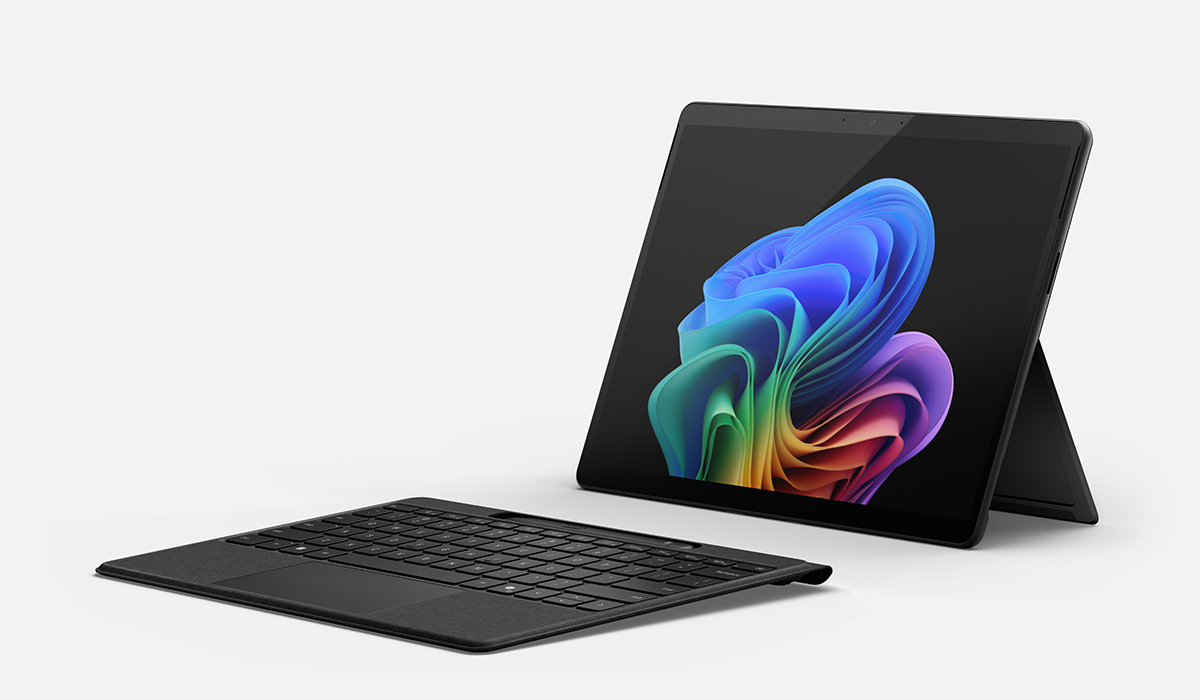
25%

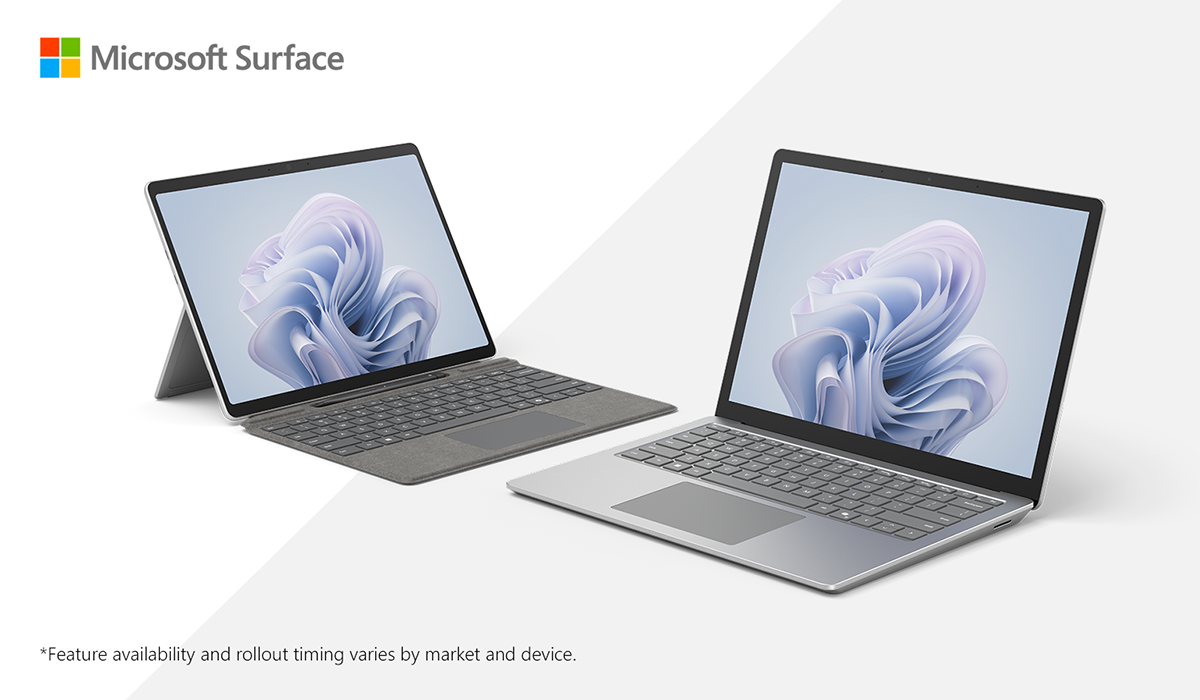
25%
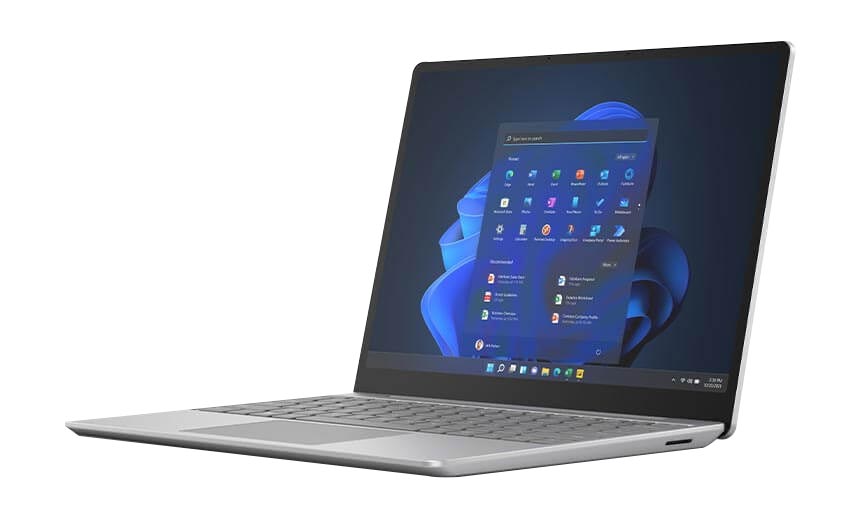
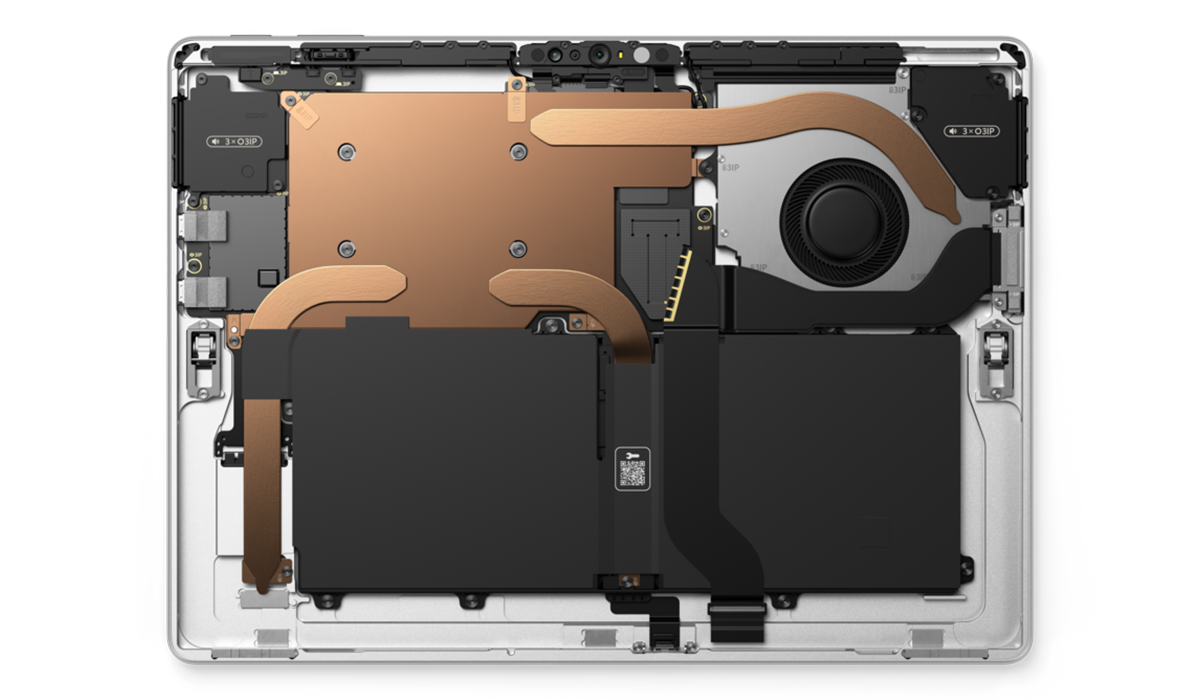
25%
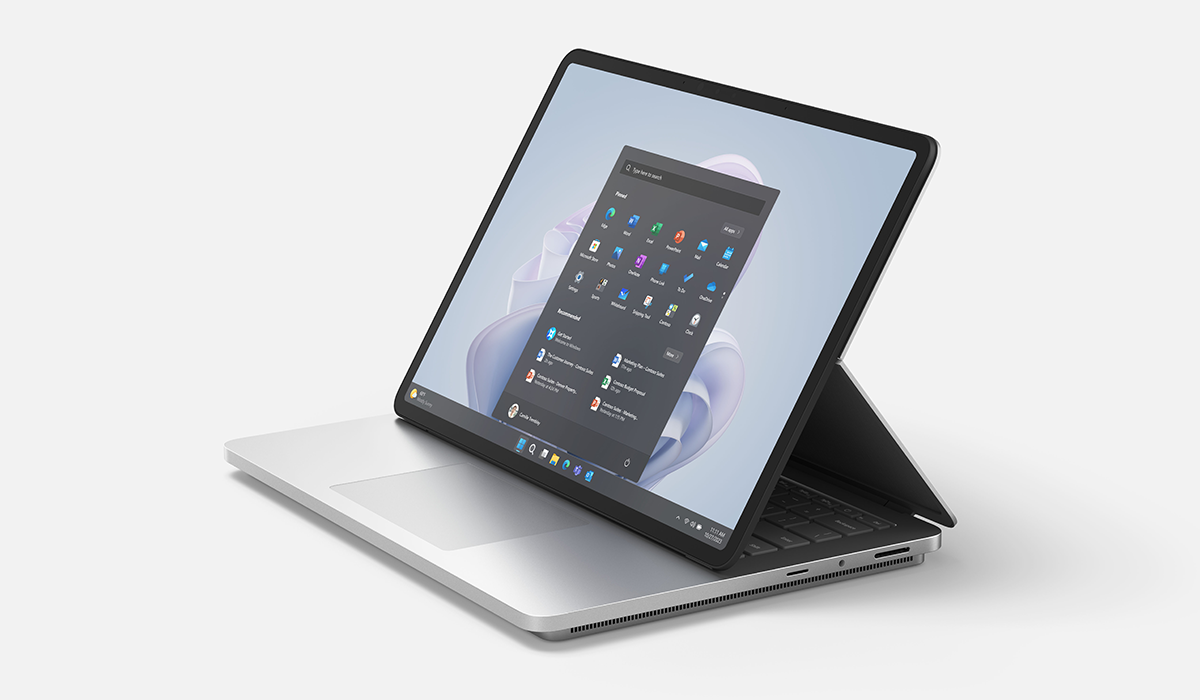
The environment and climate protection are two of the four strategic areas of action at the heart of the Bechtle Sustainability Strategy 2030. As an important vendor partner, Microsoft too is sending a clear signal with its own sustainability strategy of its intention to improve its own operative business in order to minimise its long-term environmental impact and facilitate future-oriented development, not only for itself, but also for its customers.
A sustainability approach based on the product lifecycle.
![]()
More sustainable user experiences.
A technological strategy developed around Surface can have a positive impact on reducing CO² emissions. Optimised digital experiences lead to fewer commuters and minimise the need to fly to meetings.
![]()
Packaging innovation.
The latest generation of Surface packaging uses FSC-certified paper and fibres, consists of less than 1% plastic, and is around 99% recyclable on average.
![]()
Helping customers achieve their goals.
Microsoft's objective is to be carbon-negative and produce 100% recyclable devices and packaging by 2030. The company is committed to supporting customers in reducing electrical waste and improving their carbon footprint.
![]()
Helping customers achieve their goals.
Microsoft's objective is to be carbon-negative and produce 100% recyclable devices and packaging by 2030. The company is committed to supporting customers in reducing electrical waste and improving their carbon footprint.
Microsoft carbon management.
Microsoft is aiming to be carbon negative by 2030, which means that more carbon dioxide will be removed from the atmosphere than it emits over the course of one financial year. Furthermore, in 2050, Microsoft wants to have removed all the carbon from the atmosphere that it is directly or indirectly responsible for since its founding in 1975. To do so, a direct air capture approach is being leveraged, which filters CO2 directly out of the ambient air to achieve this goal.
How? A sustainability calculator enables organisations to analyse and reduce their carbon footprint. This process doesn’t end at the company gates, however, but takes into account up and downstream supply chains to ensure suppliers also have to publish their figures. This is the only way we can work together to minimise our carbon footprints. After all, sustainability affects every business, every household and every end consumer.
Microsoft waste management.
Microsoft is aiming to be waste-neutral by 2030. To achieve this, the company’s data centres sort and recycle the various hardware components directly on-site to minimise waste and reuse raw materials. Single-use plastic packaging is being phased out and all new Surface devices will be shipping in sustainable packaging solutions.
How? By investing $30 million in Closed Loop Partner Funds, Microsoft is promoting the innovation and digitalisation of supply chains, recycling and the circular economy.
Microsoft promotes biodiversity.
Wetland habitats are essential for our ecosystem as they filter ground water and protect against floods, but their numbers have been slashed by 87% over the last few years. Coral reefs, which are both sources of nutrition as well as modern medicines, are not immune from the impact of climate change with the number of reefs reduced by 50% globally. Protecting our ecosystem is not just good for flora and fauna, but also our climate which is why Microsoft is working hard to protect these biospheres.
How? By launching Planetary Computer, Microsoft is aiming to build a global environmental network that can be used to gather environmental data from all over the world. Both the Planetary Computer and the network form the basis of other technological developments as this is the only way to recognise new points for sustainable development and understand our own impact on the environment.
Microsoft water management.
Microsoft is aiming to be water positive by 2030. This means that company is aiming to treat and return more water to the system than it uses itself. Humans currently use considerably more water than the amount that is returned to natural circulation, which is why we need to permanently reduce pollution and always keep in mind that potable water isn’t always a given in some corners of the world.
How? By considerably reducing our own water consumption and increasing the amount of old water resources that are treated, Microsoft is trying to minimise its own impact on the environment. In cooperation with numerous partners, the company has created a digital data overview it can use to dynamically adapt its own infrastructure and water strategies.
- Microsoft will continue to strive towards optimised material efficiency and selecting materials that are suitable for recycling and the circular economy.
- Moreover, the company is continuing its search for opportunities to minimise the number of harmful substances used in its products.
- The Surface portfolio’s energy consumption should by reduced by 3% by 2020.
- Product lifecycles need to be adapted as manufacturing new products is responsible for the greatest number of carbon emissions.
- Pilot project to develop a new material that contains 10% ocean plastics.
Have questions about sustainability at Bechtle? Want to find out more about Microsoft Surface?
You can find out more details about both companies’ sustainability strategies here!
Bechtle Sustainability Strategy 2030:
Bechtle Sustainability Strategy 2030 2030 Microsoft Sustainability Strategy